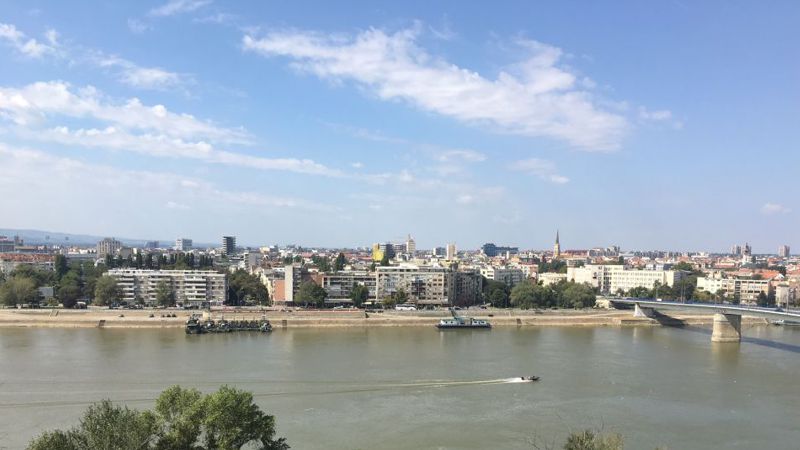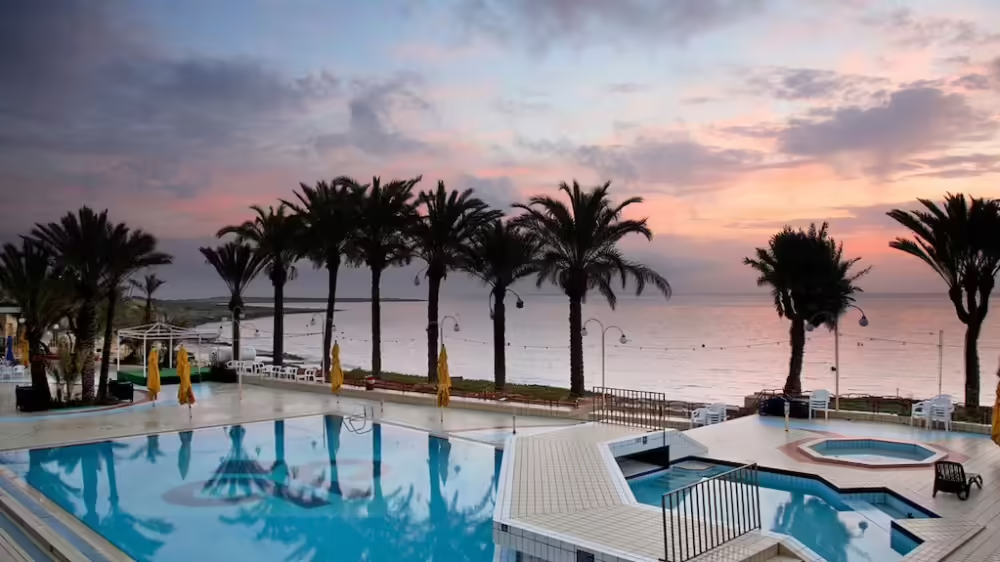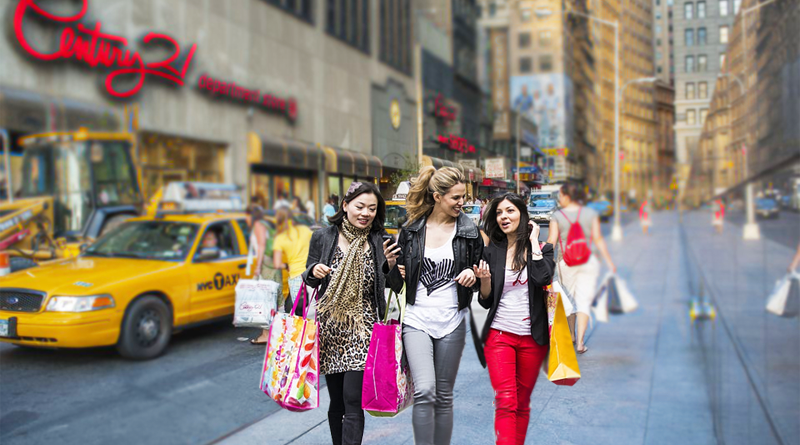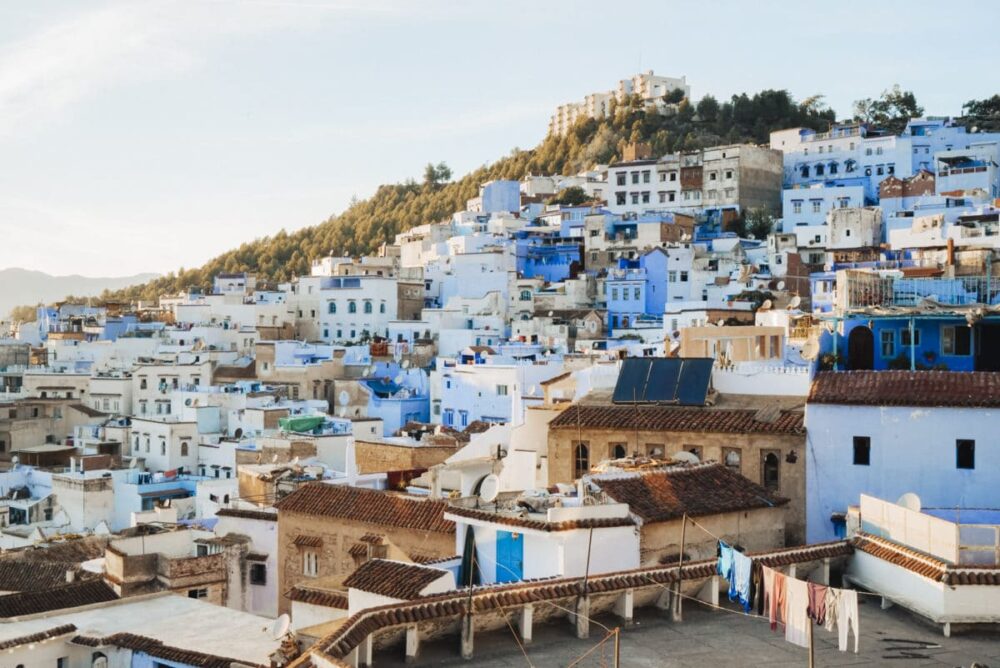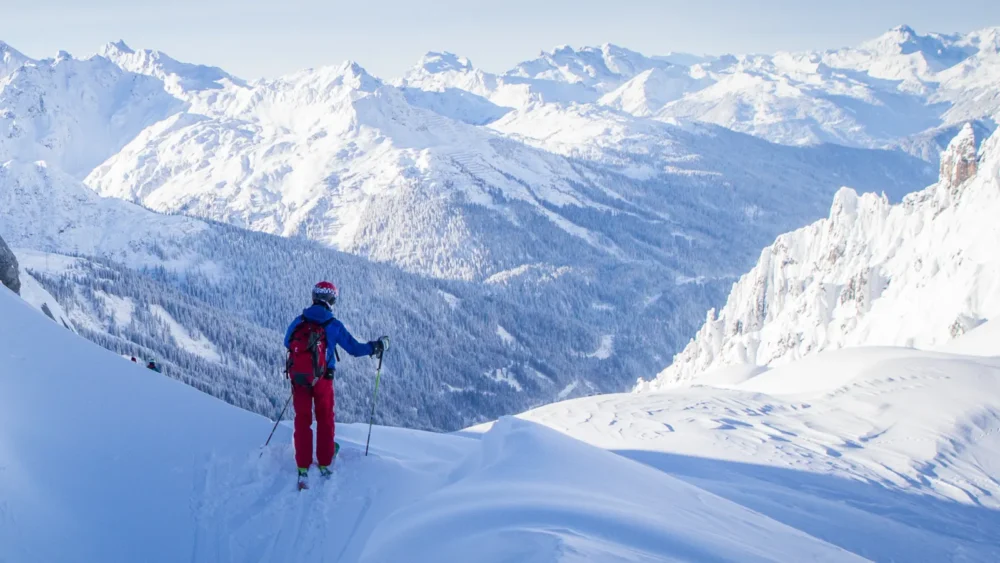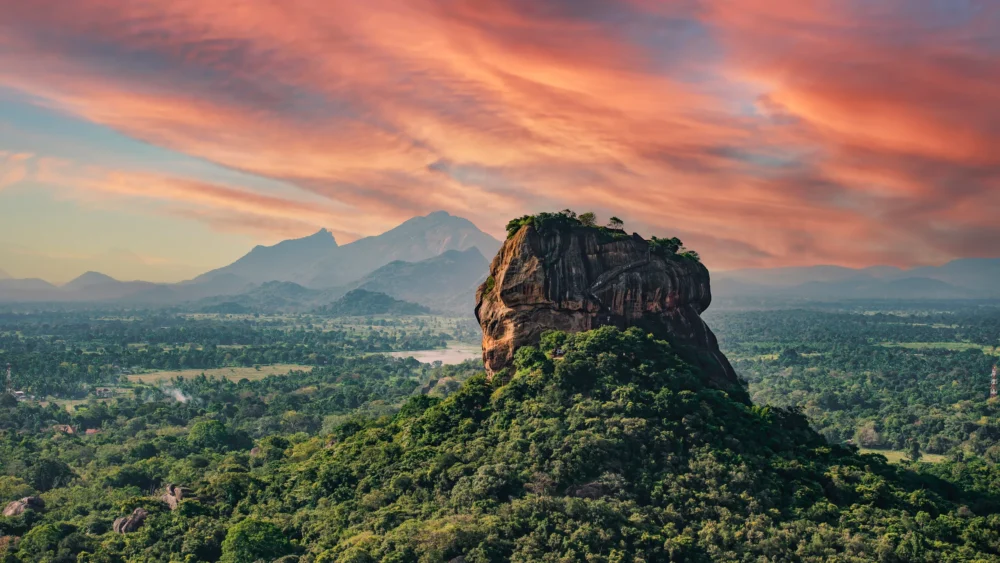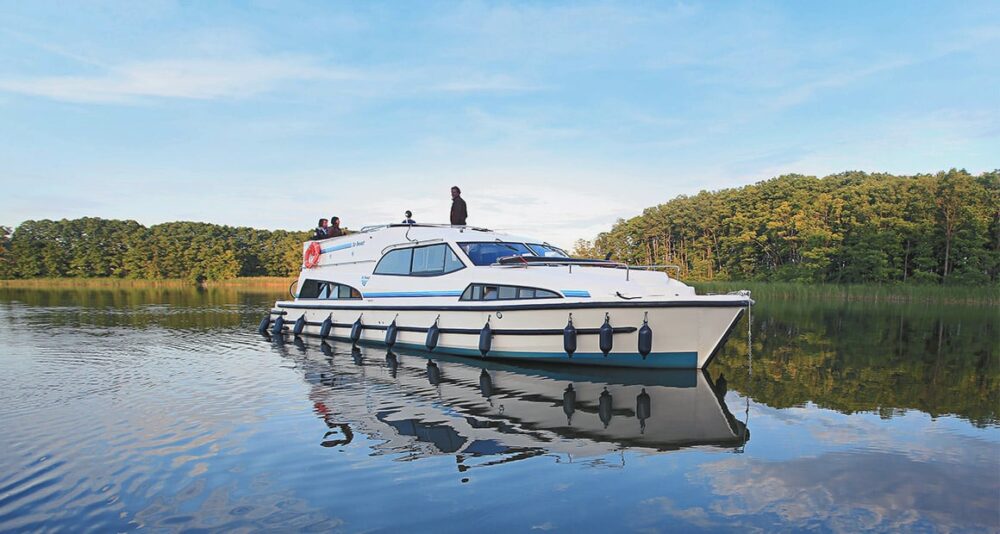by Isabel Conway –
Landlocked Serbia at the very cross roads of central Europe has been a melting pot throughout its ancient and more recent history. Christianity and Islam frequently collided in a Balkans tinder-box tug of war here down the centuries. Catholic Austro-Hungarians pitted their armies against the Turks while Belgrade was attacked and under siege up to forty times, bombarded on at least four occasions in the 20th century.
Today peaceful and working to re-build its infrastructure, economy and reputation, Serbia’s potential as an interesting tourism destination has placed it high in the who’s who list of less visited European countries.
Belgrade also remains one of the few highly affordable cities in Europe with some excellent hotels – expect to pay no more than €30-€40 for reasonable 3 star hotel accommodation – great restaurants and visible improvements along its iconic river fronts.
Though small Serbia offers plenty of stunning scenery, from hill tops on which orthodox churches and castles cling to the mighty Danube and from prehistoric cave dwellings and roman remains to Belgrade’ bustling edgy vibe.
REMINDERS OF THE PAST
A first introduction to Belgrade, driving from Nicola Tesla International Airport takes us close to the vast austere congress building, once shared by the six republics of Tito’s Yugoslavia, an enduring reminder of the grey concrete obsessed Eastern-Block Communist past. We pass a hotel with cheese grater walls filled with numerous bullet holes and the former Ministries for Defence and Information earmarked for developments including a prestigious new hotel among those springing up in central Belgrade.
ROYAL CREDENTIALS
The public are welcome to take tours of Belgrade’s Royal compound, offered the kind of access that would be unthinkable in many a palace where the Monarchy lives. The difference here is that the state owns their Royal Palaces and Crown Prince Alexander, an affable man with a great love for his country who only returned in 2000 after infamous dictator, the late Slobodan Milosovic was removed from power is caretaker to the Royal treasures. You may also pass him on the stairs or wandering in the magnificent grounds. For pre-booking visits see www.royalfamily.org to experience a fascinating look behind the scenes of a once privileged Royal household.
EXPLORING OLD BELGRADE
Old Belgrade is filled with lovely baroque, neo-classical and art deco architecture and the city has come on by leaps and bounds since my last visit some years ago. The lively Stari Grad Bohemian quarter is an ideal base for a stay, its atmosphere laden cobbled pedestrianised main drag and laneways crammed with lively inexpensive restaurants and cafes. We stayed in the former headquarters of the Graphical Union four star Hotel City Savoy (rooms from €71 with breakfast) Stari Grad’s streets are full of buskers, stalls hung with art (some of it a little too kitsch and garish to tempt). Wander to Republic Square and spend some time at the National museum which only re-opened recently, following years of protracted renovations. Its eclectic collection ranges from some Palaeolithic exhibits to precious bronze age artefacts and jewellery and beyond.
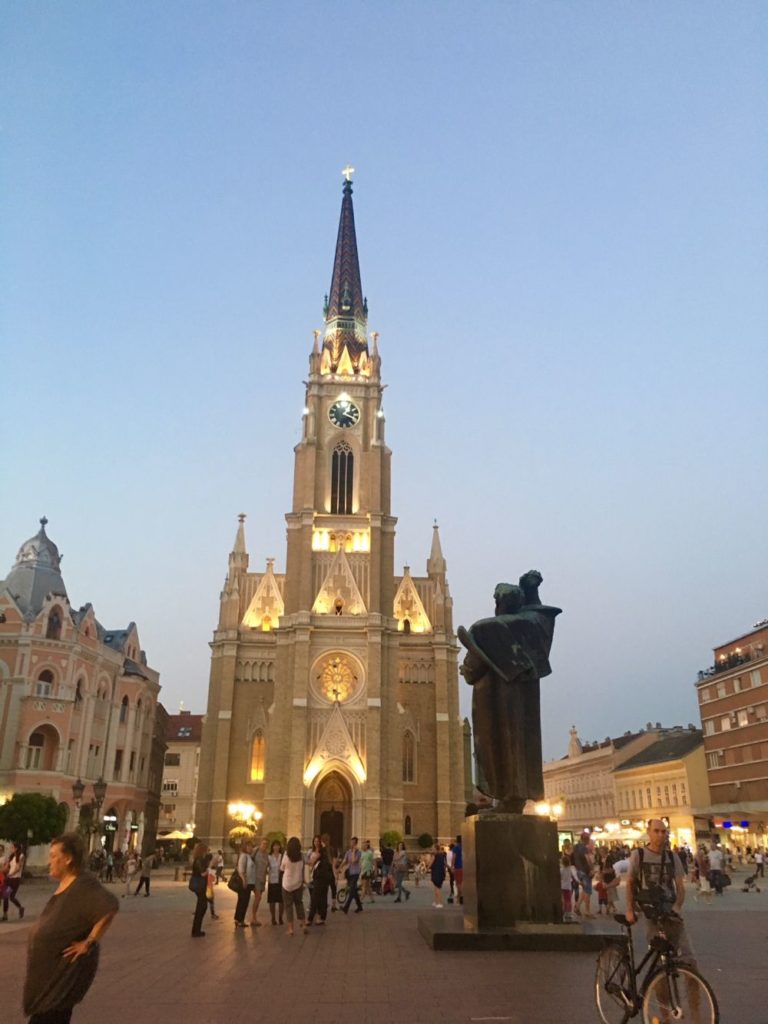
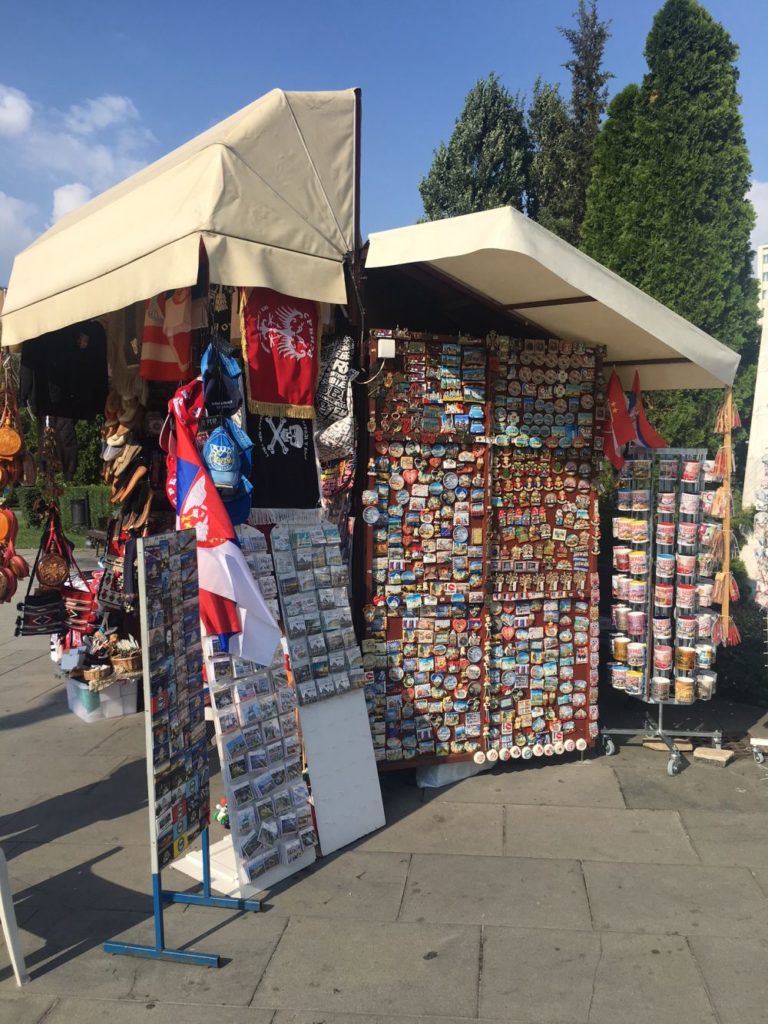
CLIMB A CASTLE
The Kalemegdan Fortress is the jewel in Belgrade’s crown, dominating the confluence of the Danube and Sava rivers, first settled by the Celts, then the Romans and later one of the most fought over strategic points in south eastern Europe. Admire the fabulous view of the (not blue, more murky green) Danube from its bastions. The park and gardens regularly host festivals and big music events.
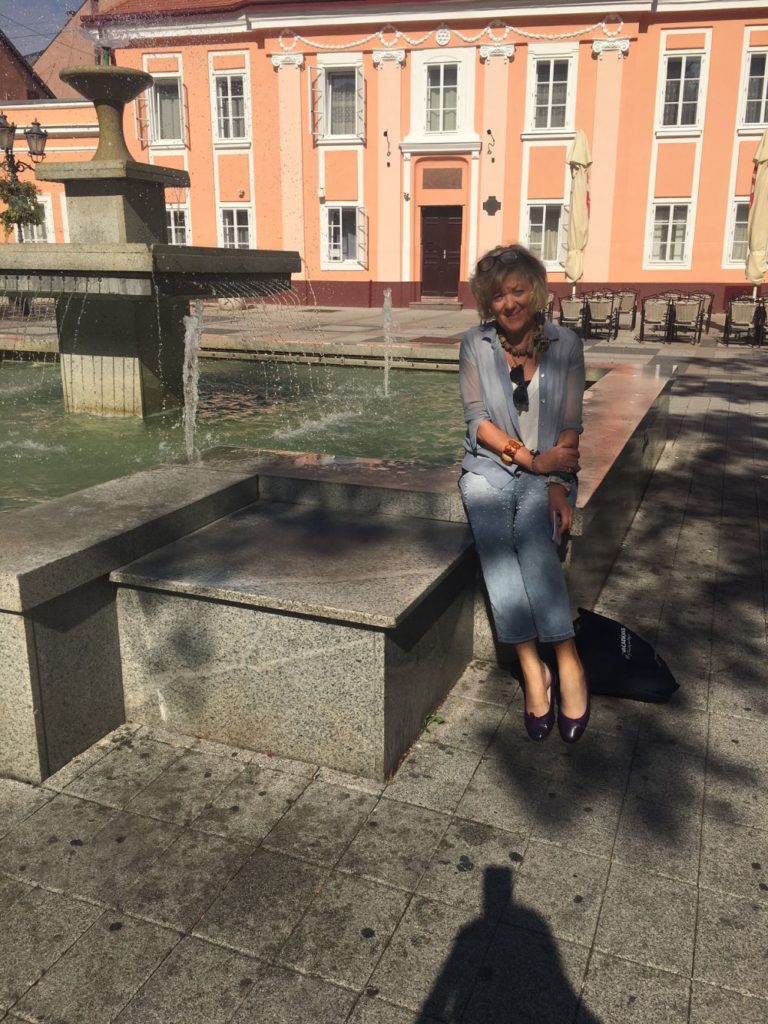
ANOTHER GOOD REASON TO MAKE IT BELGRADE
Belgrade’s restaurants specialize in funky retro décor and a glance at menu prices bring us back decades to affordable pre Euro days. Serbian wine is exceptional, especially the more robust reds. At Ambar, a noisy fashionable restaurant on the banks of the Danube at Beton Hala traditional Serbian dishes are given a contemporary twist. Visit Tito’s mausoleum ‘House of Flowers’ and the ‘work in progress’ Yugoslavia museum next door. Then chill out at nearby Hyde Park (6 Bulevar Kneza Aleksandra Karadjordjevica) The glass conservatory style salon and outdoor garden are perfect for enjoying a cold beer and an inexpensive Shopska salad made from crumbly feta, cucumber and tomato served with delicious crusty bread.
NIGHTS ON THE TOWN
Come evening Belgrade ‘s air is thick with the aroma of coffee, strong tobacco smoke and the smell of grilled meats, wafting from stalls and cafes. The city is also renowned for its small interesting ‘underground’ bars and clubs as well as glitzy fashionable party hang outs aboard rafts moored on the Danube. Zemun is a great spot to chill and people watch from late night open air cafes on the river.
GET TO KNOW NOVI SAD
To come this far and not venture further to have a look at Serbia’s second largest city, less than an hour and a half away by express bus would be a shame. Novi Sad will be a European City of Culture in 2021 and is best known abroad for the annual international Rock-Indie music festival EXIT held every July at the spectacular Petrovaradin fortress overlooking the Danube.
Novi Sad’s huge fortress took over eighty years and 40 billion bricks to complete. The best views of city and the Danube are from the stylish terrace of Restaurant Terasa (www.terasa.rs) famous for its farm to table food at the heart of the fortress, expensive by Serbian standards but cheap by ours.
SHOPPING
Shop for Serbian art, especially reproduction religious icons, hand knits, leather clothing, inexpensive excellent quality wine and Slivovitz (a fiery spirit made from various fruits)
GETTING THERE:
Direct Return flights from London Heathrow to Belgrade with Air Serbia a few times weekly (www.airserbia.com) from €144 Lufthansa (www.lufthansa.com) has flights from Dublin to Belgrade (with one stop) from €260 return. For Further information see www.serbia.travel

